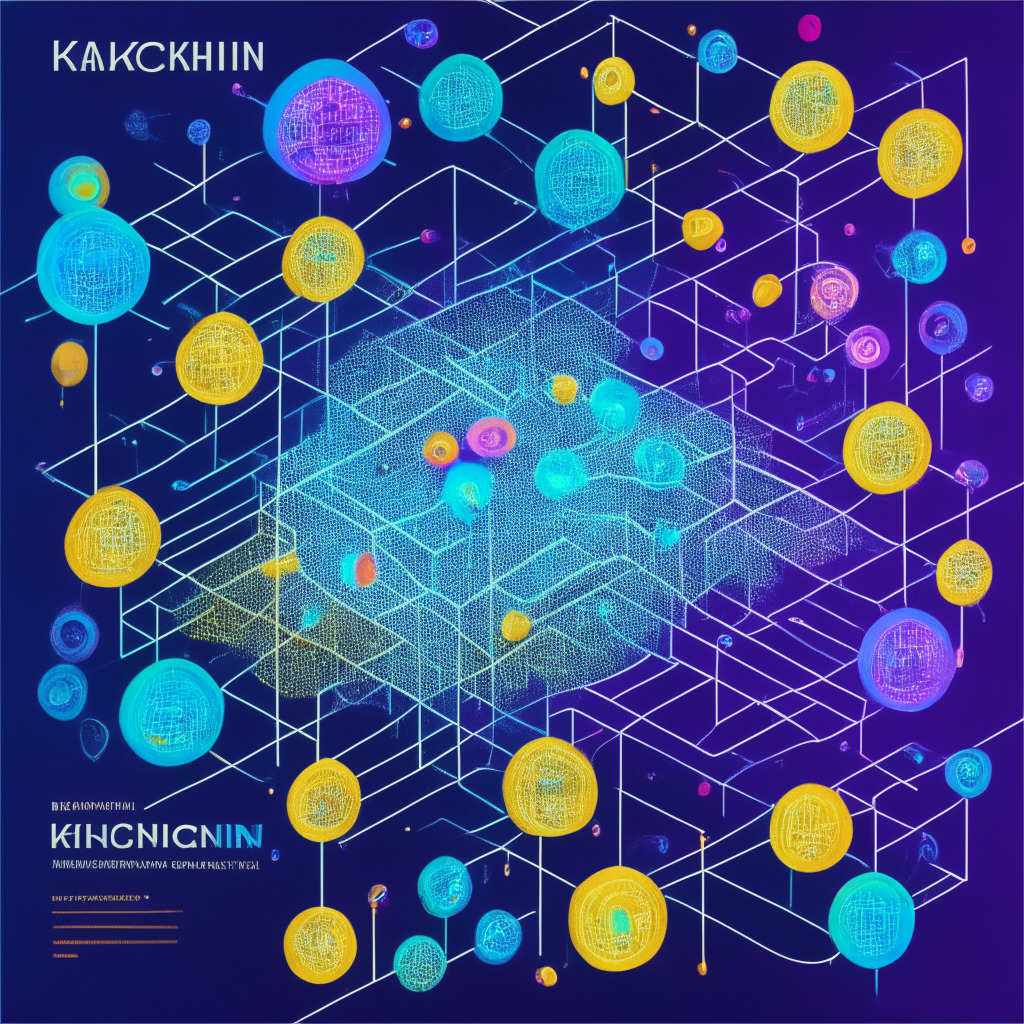“EY has invested $1.4 billion in AI technologies, targeting the development and launch of the EY.ai platform to aid organizations in adopting AI. The architecture is rooted in EY’s large language model, and gains extra potential through a partnership with Microsoft. The investment is also geared towards integrating AI into existing EY services.”
Search Results for: Ernst & Young
Cryptocurrency’s Bold Advances & Legal Challenges: Analyzing Deutsche Bank, South Korean Bitcoin Lenders, EY.ai & More
“Deutsche Bank collaborates with Taurus, providing custody services for clients’ cryptocurrencies and tokenized assets. Meanwhile, Delio, a South Korean Bitcoin lender, contests fraud and embezzlement allegations, exposing lack of clear virtual asset regulations. Also, Ernst & Young unveils AI platform, and Mauve, a Decentralized Exchange, launches its operations.”
FASB Crypto Asset Reporting: Seeking Clarity on Stablecoins, Wrapped Tokens & NFTs
As the FASB’s comment period for proposed crypto asset reporting changes nears its end, companies like Kraken, Ernst and Young, and BlockFi seek further guidance on stablecoins, wrapped tokens, and NFTs, while Grayscale Investments calls for accurate reporting of crypto assets.
Deloitte Integrates KILT Blockchain: A Revolution in KYC & KYB Verification Processes?
Deloitte has integrated with KILT blockchain, a Polkadot parachain, to streamline Know Your Customer (KYC) and Know Your Business (KYB) verification processes using reusable digital credentials. This allows users control over their data and enhances security, efficiency, and scalability.
QuadrigaCX Collapse: Creditors to Receive Only 13% of Claims, Raising Crypto Market Concerns
Former QuadrigaCX users will receive only 13% of their total claims as accounting giant Ernst & Young published a notice regarding the 13.094156% payout to each creditor. QuadrigaCX owes CAD $303.1 million across 17,648 claims, including Canada Post and Canada Revenue Agency. The exchange’s collapse in 2019 highlights the need for proper oversight and regulation in the crypto market.
EY’s Ethereum Platform for Carbon Tracking: Boon for ESG or Risky Business?
Ernst & Young’s Ethereum-based platform, EY OpsChain ESG, enables enterprises to track carbon emissions and credit traceability, offering transparency and detailed traceability through tokenization. Aligning with InterWork Alliance standards, the platform aims to improve Environmental, Social, and Governance (ESG) decision-making and promote a sustainable future, albeit with potential limitations in data validation and tokenization accuracy.
Riot Platforms’ Surprising Auditor Switch: Delving into Crypto-Industry’s Complex Ties with Big Four
Bitcoin mining company Riot Platforms switches accounting firms, replacing Marcum with Deloitte, amidst concerns of large accounting firms’ hesitance towards providing services to crypto companies. This highlights a potential divide in how the Big Four firms approach the crypto industry.
QuadrigaCX Interim Distribution: Hopeful Relief or Just a Fraction of Lost Funds?
The long-awaited interim distribution of funds for QuadrigaCX creditors is set to commence, offering hope to recover a portion of their lost funds. However, only $34.3 million worth of crypto has been recovered, while QuadrigaCX owes customers an estimated $160 million, highlighting the importance of caution when dealing with cryptocurrency exchanges.
QuadrigaCX Update: Navigating Trust in Crypto Exchanges Amid Insolvency and Scams
Bankruptcy trustee Ernest & Young announced the interim distribution of funds tied to QuadrigaCX’s bankruptcy proceedings, scheduled “in the coming weeks.” The once-largest Canadian crypto exchange owes clients around $160 million. Users should remain vigilant in assessing the reliability of cryptocurrency exchanges while engaging in the crypto markets.
Blockchain vs Traditional Payments: A Detailed Analysis of Utility, Constraints and Potential
Cross-border payments demonstrate the utility of digital currencies, yet adoption faces challenges like technological issues, competition, and regulatory constraints. Blockchain Officer, Paul Brody, suggests basic fiat payments are faster and cheaper through centralized systems, while blockchain payments can impact speed and cost due to duplication across nodes. Blockchain’s potential may not lie in replacing existing models, but in altering the transaction rules through tokenization and inherent programmability.








